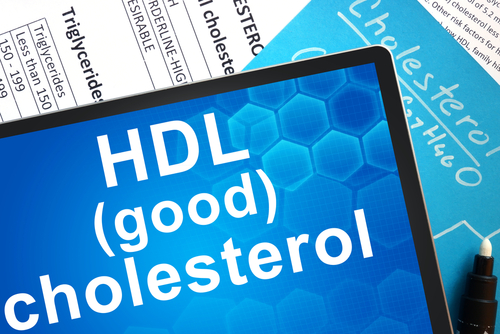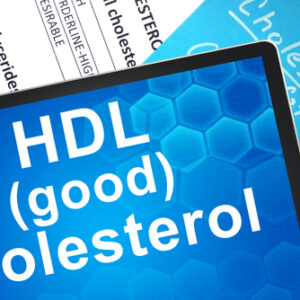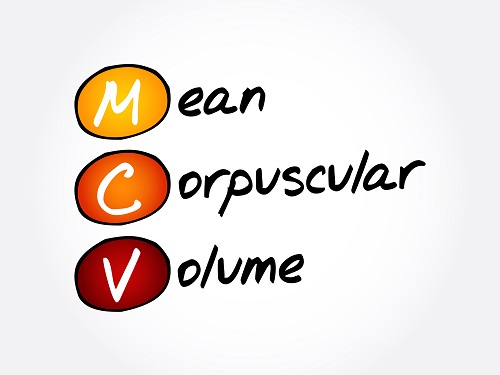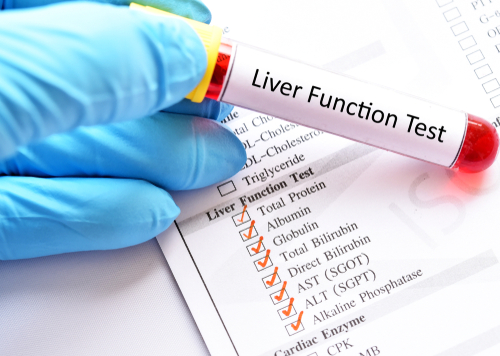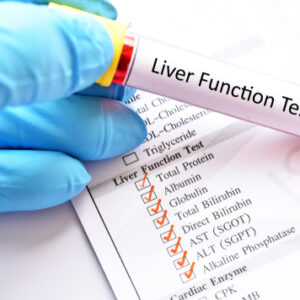Meaning and Forms of Bilirubin
As red blood cells are broken down, the iron-containing part of hemoglobin (heme) is converted to bilirubin. In the liver, bilirubin is processed, mixed into bile, and then excreted into the bile ducts and stored in your gallbladder.
Eventually, the bile is released into the small intestine to help digest fats. It is ultimately excreted through your stool.
Some bilirubin is bound to a certain protein (albumin) in the blood. This type of bilirubin is called unconjugated, or indirect, bilirubin. In the liver, bilirubin is changed into a form that your body can get rid of. This is called conjugated bilirubin or direct bilirubin. The indirect bilirubin level in the bloodstream is the total bilirubin minus the direct bilirubin levels in the bloodstream.
Normal values of the total indirect bilirubin
An older child or adult has normal values of direct bilirubin ranging from 0–0.4 milligrams per deciliter (mg/dL). Normal values are as below:
| Total bilirubin | 0.3 to 1.0 mg/dL or 5.1 to 17.0 mmol/L |
| Direct bilirubin | 0.1 to 0.3 mg/dL or 1.0 to 5.1 mmol/L |
| Indirect bilirubin | 0.2 to 0.7 mg/dL or 3.4 to 11.9 mmol/L |
How does the indirect bilirubin increase in blood?
Indirect (unconjugated) bilirubin levels can increase due to:
- Gilbert’s syndrome. (A benign syndrome caused by an inherited gene mutation that mildly increases bilirubin levels. Bilirubin levels may spike when exposed to stress)
- Strenuous exercise. Athletes can normally have elevated bilirubin levels.
- Abnormal red blood cell destruction (hemolysis).
- A reaction to blood transfusion.
- Liver diseases such as cirrhosis and fatty liver.
- Some rare genetic disorders like Crigler-Najjar syndrome (a condition characterized by inability to properly convert and clear bilirubin from the body).
- Antiviral drugs like Atazanavir.
Risks of high indirect bilirubin levels in the body
Unconjugated (indirect) hyperbilirubinemia can be caused by overproduction or impaired uptake by the liver. When your body has too much bilirubin, your skin and the white portion of your eyes will have yellowish discolouration. This condition is called Jaundice. Jaundice can occur in adults when bilirubin is higher than 2.3 mg/dL. Pre-hepatic jaundice is caused by increased destruction of red blood cells (Hemolysis). This is caused by:
- Tropical disease, e.g. malaria, yellow fever
- Genetic disorders, e.g. sickle-cell anaemia, Gilbert’s syndrome
- Haemolytic anaemias (Anemia caused due to increased destruction of red blood cells)
How to lower my bilirubin levels?
Staying hydrated
This helps lower bilirubin levels by facilitating the removal of waste from the body. Men should aim to drink about 125 ounces of water a day and women about 91 ounces.
A Mediterranean diet
This is said to improve liver health. The diet emphasizes eating more leafy green vegetables. So spinach, broccoli, cabbage, arugula are all good for the liver. Besides, a high-fiber diet has also proven to promote liver health.
Avoid alcohol
It is well-known to deteriorate liver health. It is the major cause of fatty liver disease. Limiting to one drink per day or total abstinence from alcohol is better for your liver health.

